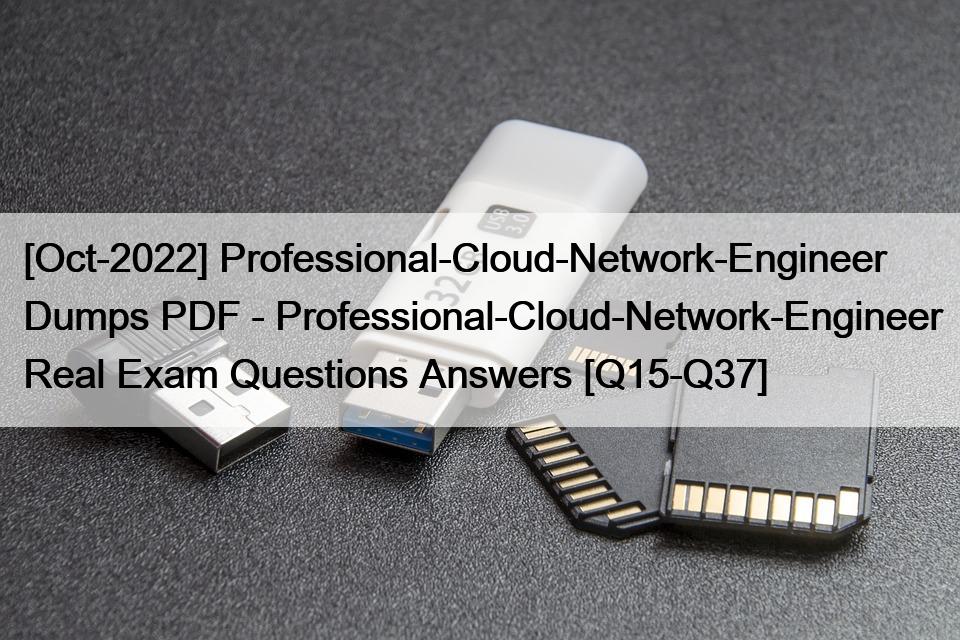[Oct-2022] Professional-Cloud-Network-Engineer Dumps PDF – Professional-Cloud-Network-Engineer Real Exam Questions Answers
Professional-Cloud-Network-Engineer Dumps 100% Pass Guarantee With Latest Demo
Career Opportunities
Earning the Google Professional Cloud Network Engineer certification proves that you can perform successful Cloud implementations with the help of the command-line interface or Google Cloud Platform Console. The knowledge and skills gained during exam preparation qualify you for numerous networking-related job roles. Some of the titles that the certified candidates can consider include a Cloud Network Engineer, a Cloud Technical Solutions Engineer, a Cloud Infrastructure Engineer, a Cloud Security Engineer, a Server Infrastructure Engineer, a Data Engineer, a Corporate Sales Engineer, and a Sales Engineer, among others. The median salary associated with these positions is $132,279 per year.
Dumps Real Google Professional-Cloud-Network-Engineer Exam Questions [Updated 2022]: https://www.prepawaypdf.com/Google/Professional-Cloud-Network-Engineer-practice-exam-dumps.html

